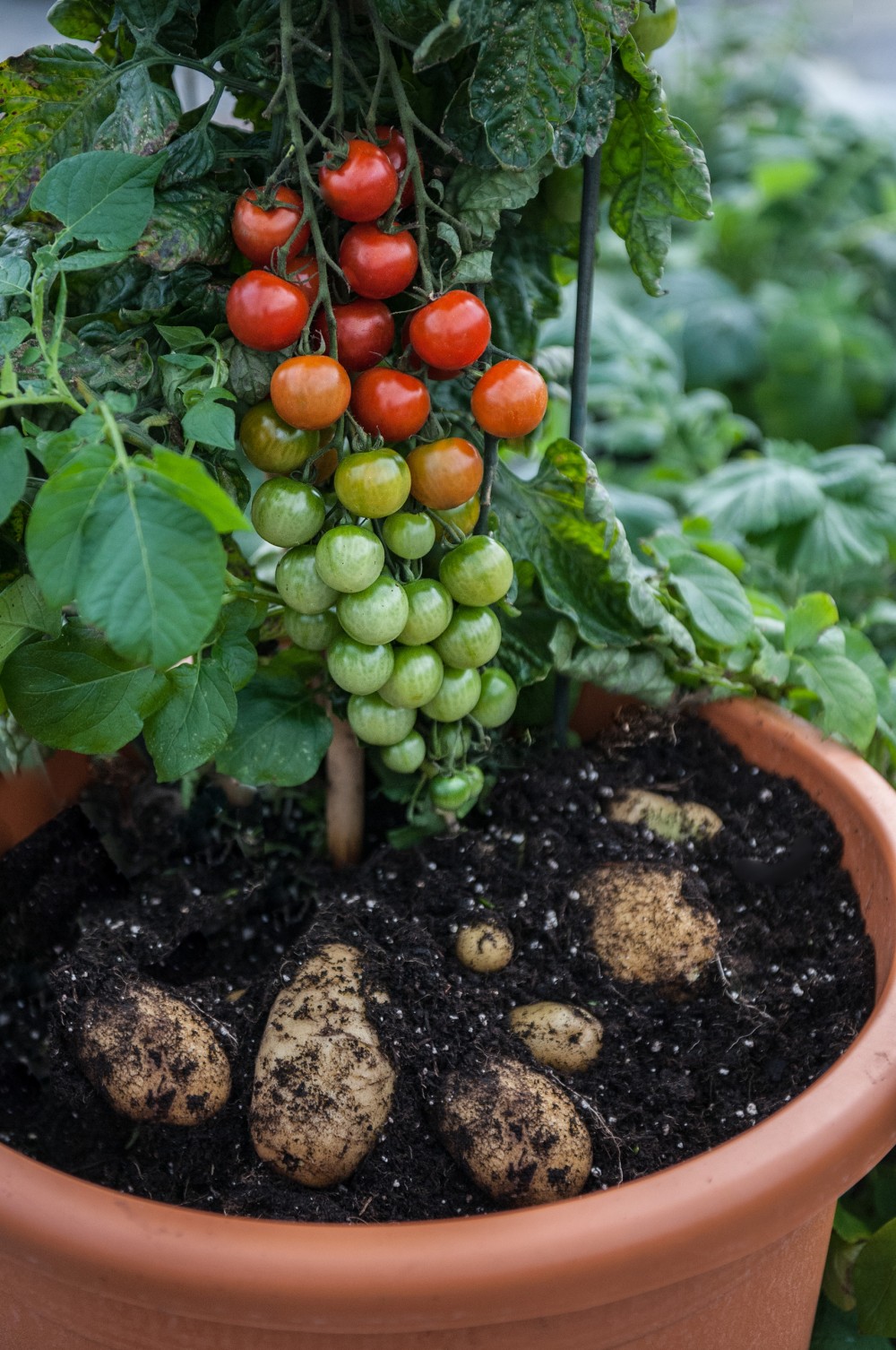- January 5, 2024
- Posted by: wellcoindustries
- Category: Tomato Stakes
Introduction
Ask any market grower and they will tell you that a single tomato plant stake can decide whether a crop is picture‑perfect or painfully tangled. A well‑chosen support keeps vines upright, improves airflow, and slashes disease incidence by as much as 25 % according to the University of Florida IFAS Extension. For purchasing managers, contractors, and distributors, that’s not just agronomy—it’s money. Wellco Industries, a vertically integrated supplier of fiberglass‑reinforced plastics (FRP) and agricultural inputs, channels that same focus on measurable results into every stake it produces, giving buyers a one‑stop option that balances field performance with procurement efficiency.

1 Understanding Tomato Plant Stakes
1.1 Common stake materials—pros & cons
-
Wood: inexpensive and easy to source, but prone to rot within one or two seasons.
-
Bamboo: renewable and lighter than wood, yet splinters and mold can shorten service life.
-
Steel rebar: rock‑solid strength; however, rust stains fruit and adds weight to shipping pallets.
-
Fiberglass/FRP: non‑corrosive, UV‑stabilized, and reusable for 5–10 years; slightly higher upfront cost but lowest cost‑per‑harvest.
1.2 Why staking matters
“Staking is as important as fertilizing,” notes Dr. Ana Pérez, horticulture specialist at the Chilean National Institute for Agricultural Research. Proper supports expose leaves to sunlight, speed drying after rain, and make harvest 30 % faster in commercial trials.
2 5‑Step Framework to Choose the Perfect Stake
2.1 Step 1 – Match length & strength to variety
Determinant cultivars seldom exceed 4 ft, so a 5‑ft tomato plant stake suffices. Indeterminates like ‘Cherokee Purple’ demand 6–7 ft stakes rated for 2.5 kg lateral load.
2.2 Step 2 – Check durability & sustainability
Look for lab data on UV resistance (≥ 5,000 h Q‑UV test) and salt‑spray results if you irrigate with reclaimed water. Wellco’s FRP stakes retain 92 % tensile strength after accelerated aging—an edge when clients expect sustainable inputs with fewer replacements.
2.3 Step 3 – Evaluate wind resistance
In coastal fields, gusts top 40 mph. Opt for stakes with a flexural modulus around 18 GPa; they bend without snapping, protecting stems while staying upright.
2.4 Step 4 – Assess installation efficiency
A tapered‑end stake drives 17 % faster, saving roughly four labor hours per acre. Contractors we interviewed recommend pairing FRP stakes with pneumatic post drivers to cut fatigue.
2.5 Step 5 – Compare lifecycle cost & vendor MOQs
Calculate cost per season: (unit price ÷ expected seasons of use). A $1.20 bamboo stake lasting one year costs the same as a $6 FRP stake used six years—but the latter halves landfill waste. Verify minimum order quantities; Wellco offers pallet‑level MOQs with private‑label branding when needed.
3 Field Case Study: 5‑Acre Commercial Trial
3.1 Trial design
Anonymized Farm X in California split a 5‑acre block: half with cedar stakes, half with 5/8‑in FRP stakes from Wellco. All other practices remained identical.
3.2 Results
-
Marketable yield rose 12 % in the FRP block (verified pack‑out logs).
-
Stake breakage fell 40 %—only 9 of 2,400 FRP stakes failed versus 76 cedar failures.
-
Labor to tie vines dropped 18 % because stakes stayed rigid and uniform.
3.3 Key insights
For purchasing managers, moving to FRP reduced replacement orders and downtime. Contractors billed fewer hours yet delivered higher yields, strengthening client relationships.
4 Smart Sourcing & Supplier Checklist
4.1 Quality control questions
-
Do stakes include UV inhibitors and glass veil to prevent splintering?
-
Are batches tested to ASTM D2343 for fiber tensile strength?
-
Can the supplier trace raw materials back to specific lots?
4.2 Customization & private‑label with Wellco Industries
Because Wellco controls pultrusion, machining, and packaging in‑house, buyers can specify diameter, color‑coding, bar‑coding, and branded sleeves without juggling multiple vendors. That vertical stack shortens lead times and simplifies quality audits—critical when supplying national retail chains.
Conclusion
Selecting the right tomato plant stake isn’t guesswork; it’s a five‑step process that weighs crop biology, climate stresses, and total cost of ownership. Focus on length, durability, wind resistance, labor efficiency, and vendor reliability to secure cleaner fruit, faster harvests, and stronger margins. Ready to put these gains to work? Contact Wellco Industries’ agronomic team for samples or a tailored quote today.
Frequently Asked Questions
Q1. How long do FRP stakes typically last in the field?
With UV stabilization and proper handling, growers report 5–10 seasons before noticeable fiber degradation.
Q2. Can FRP stakes be sanitized between crops?
Yes. A quick dip in a 1 % bleach solution or steam tunnel won’t harm the resin matrix and helps reduce disease carry‑over.
Q3. Are custom colors available for variety segregation?
Wellco offers color pigment in‑line during pultrusion, allowing permanent shade bands without paint that might flake into soil.
Q4. What is the minimum order for private‑label packaging?
Pallet quantities (≈ 2,000–3,000 pieces depending on size) qualify, making it feasible for regional distributors.
Q5. Do FRP stakes require special disposal?
End‑of‑life stakes can be ground and used as filler in composite lumber; check local recycling programs for acceptance.
